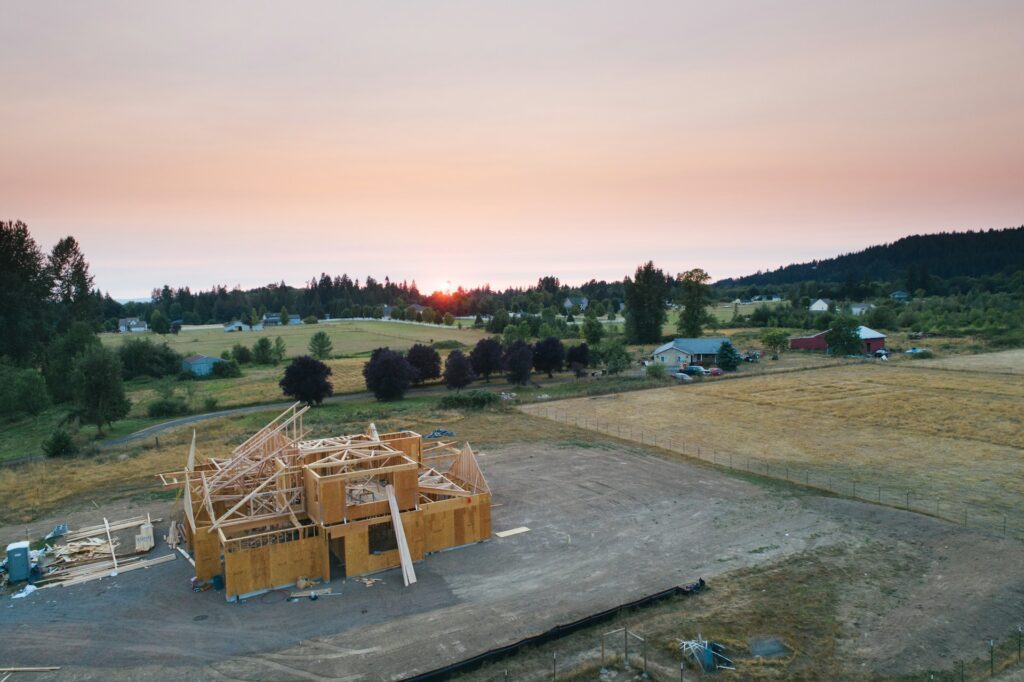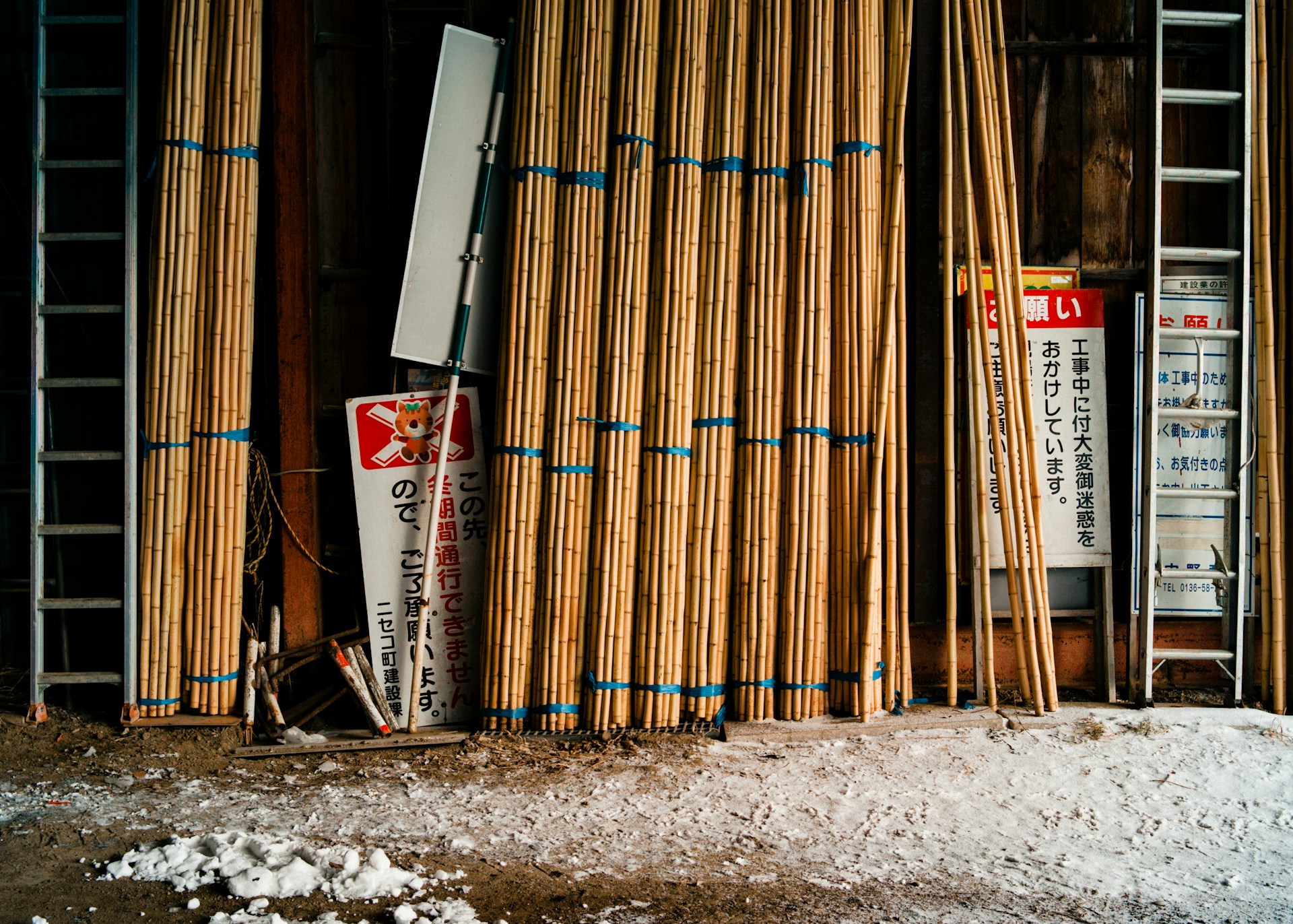Sustainable Building Materials for Affordable Housing Projects
Finding a solution to the question of how to build affordable houses becomes a lot more difficult because requirements are higher in terms of density and population, as well as construction costs.
However, there is increasing demand for constructing sustainable buildings in modern constructions. Sustainable building materials is that answer that while seeking to bring cost of housing within affordable levels, the effect on the environment can be checked.
The following blog is dedicated to discussing different eco-friendly materials for constructing low-cost buildings under consideration of their advantages, prices and disadvantages.
1. The Benefits of Using Sustainable Building Materials
Sustainable building materials are those that can be recycled or are eco-friendly right from when they were acquired to the time they are disposed.
Using these materials in affordable housing projects offers a range of advantages that extend beyond just the cost savings:
Reduced Environmental Impact:
One advantage of sustainable building materials is that they usually have considerably less impacts on the environment.
In Portland cement and steel construction materials, the carbon footprint is high due to the energy use in manufacturing.
Sustainable bulding materials on the other hand can be made of material that is gotten from renewable sources or reused material and thus it requires less energy to be produced.
Enhanced Energy Efficiency:
The majority of sustainable building materials have enhanced thermal conductivity and this plays a major role on the ability to conserve energy within the building.
Products like straw bales, hemp Crete, and recycled insulation decrease the amount of energy required for heating and cooling of the homes, and therefore the energy bills for occupants.
This can be quite advantageous in the affordable housing projects since many of the tenants will be struggling financially.
Improved Indoor Air Quality:
Sustainability of the material means that the materials are not containing toxic elements such as formaldehyde, and volatile organic compounds (VOCs), which are present in most of the conventional building products.
This is due to the fact that some material that are used can have adverse effects on air within the indoors hence affecting health conditions of occupants.
This is quite advantageous especially in affordable housing; where the residents might be prone to health complications due to socio-economic issues.

2. Sustainable building materials for affordable housing:
Now we will briefly describe more sustainable building materials which can be used in constructing affordable housing facilities each with different properties.
Here we describe some of the most effective and versatile sustainable building materials appropriate for the construction of affordable and sustainable homes.
Bamboo
Bamboo is among the most sustainable building materials that are known to modern construction since it grows faster than the traditional timber.
It can be employed in the construction process in different ways; it can be the floor, wall cladding or structural member.
Bamboo is very hard and tough material which is flexing in nature with tensile strength as harder as steel.
This material has become popular, mainly due to its fast growth rate and its cost, which is quite reasonable when comparing it to the prices of other construction materials.
Advantages: Relatively faster cycling, high tensile strength, flexibility, and recyclable.
Applications: Carpeting; ceiling; floor joists; wall partitions.
Hemp Crete
Hemp Crete is a bio-integrated material compounded with hemp, the hard inner core of the plant and which is combined with lime.
Thus, it serves as an insulators that offer the best thermal-and-vibration isolation.
Some of the benefits of using Hemp Crete include; Light weight, can resist fires, and does not attract pests or molds.
This is because it can capture carbon dioxide during its curing process making it a carbon negative material, and reduce emissions of greenhouse gases.
Advantages: It greatly relevant to be carbon negative, has great insulation, fire resistant, pest resistant, and mold resistant.
Applications: Stone, block, brick, insulation, wall infill and plastering.
Recycled Steel
The utilization of recycled steel in construction brings with it conspired effects of less demand for new iron ore mining and resultant impacts.
Steel has excellent strength and elongation, does not burn, is proof against insect attacks, and is capable of withstanding all forms of climate pressure; at the end of the structure’s service life the material can be recycled.
Despite the fact that the price per square unit might be a bit higher compared to other sustainable building materials, due to the longevity and reduced cost of maintenance which is characteristic for this material, it is perfectly suitable for using in the construction of low cost housing projects.
Advantages: Reusable, strong, nonflammable, explosion-proof, easy to maintain.
Applications: Windows and doors, walls, and floors, roofs and trusses.
3. Cost Implications of Raw Materials Used in Production of Sustainable Building Materials
There are many advantages associated with the use of sustainable materials, but the cost aspect is still an important factor, at least when it comes to vast housing projects such as low cost units.
However, when evaluated over the lifecycle of a building, sustainable materials can be more cost-effective than traditional ones due to several reasons:
Lower Long-Term Maintenance Costs:
Recycled steel, rammed earth, and bamboo are examples of such durable products which essentially will need little maintenance in the long run.
This can create some measure of expense reduction to homeowner and housing authorities who may have constrained original maintenance capital in low income brackets.
Energy Savings:
Thermal resistant material like, hemp Crete and straw bales insulate the building hence reduce heating and cooling hence reduce energy consumption.
Nonetheless, the accruing cost of energy bills after a few years can be offset by the costs of acquiring such materials.
For instance, putting up quality insulation brings about a 10-50% saving of energy, mostly for heating or cooling.
Incentives and Green Certifications:
Some governments provide the funds subsidies or tax credit for the green building projects which use sustainable materials and which conform to the green standards.
Maybe some benefits include such things as cheaper sustainable materials that can be used in affordable housing projects therefore bringing down the costs.
Economies of Scale:
Due to increasing awareness in green building products, the cost of construction using sustainable material should come down.
This is already on the course and is seen with some of the materials such as recycled plastic and bamboo where the economies of scale have been realized to eventually lower costs.
As the above realizations suggest, affordability is an area where affordable housing projects can take advantage of these economies of scale to make sustainability feasible.
Conclusion
The use of sustainable building materials in affordable housing projects presents an opportunity to address two critical challenges simultaneously: the scarcity as to why there should be additional affordable houses as well as the imperative to build sustainably.
Using bamboo and hemp Crete or recycled plastic or rammed earth or other building materials available builders have the opportunities to vary which in turn mean they will go for what is more cheaper, efficient energy wise and has low impact to the environment.
We should be able to incorporate green solutions into affordable housing to produce sound, wallet-friendly and green products that put up with the demand of the current society with minimal detriment to the environment and its resources for future use.
Moving to green building codes is not an option but the logical evolution of how people should construct homes and cities as well as care for the planet.

